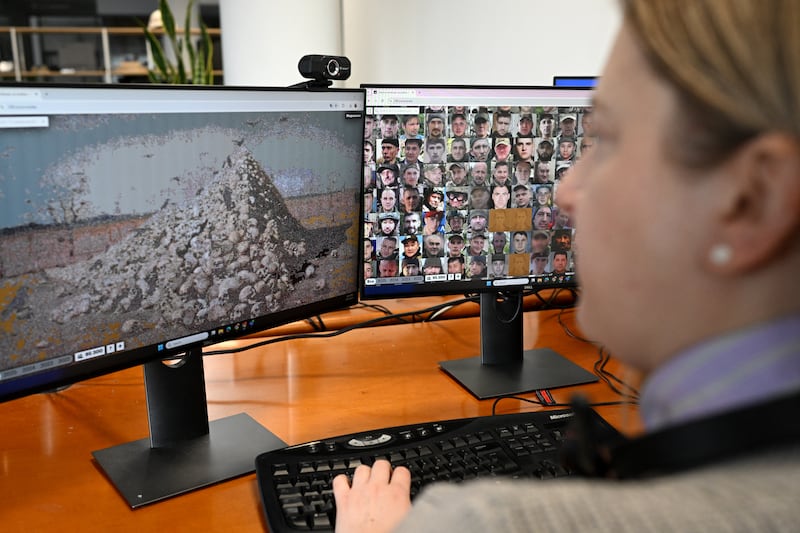Yuri Bushkovsky was born not long after the death of Josef Stalin, lived through the cold war and dissolution of the Soviet Union, and would have turned 70 this year.
But the grandfather with a thick white moustache, who once registered as a taxi driver in his hometown of Veliky Ustyug, died in November last year – not in retirement but as a soldier in the Russian army, fighting in Ukraine.
His name is among the increasing number of Russian men in their 50s, 60s and even 70s fighting and dying on the frontline, as the make-up of the Kremlin’s forces has shifted towards so-called volunteers, men who are persuaded to enlist with the army with the offer of a wage and generous bonus.
A database compiled over three years by the Russian independent investigative outlet Mediazona, together with the BBC Russian service and others, illustrates the changing profile of Russian soldiers in Ukraine since the start of Moscow’s full-scale invasion three years ago.
On Monday, the third anniversary of the war, Mediazona published its data in full for the first time, listing the names and details of almost 100,000 Russian soldiers killed in battle in Ukraine, collated from social media posts and local news. A separate project by iStories has gathered data using AI tools and reached a similar figure, with 104,000 names.
Mediazona and western intelligence officials estimate the total Russian death toll to be significantly higher.

The Mediazona data shows that in the first year of the invasion, most soldiers were from the regular Russian armed forces, including from elite divisions, sent in to take Kyiv in a matter of days.
After a call-up of some 300,000 reservists in the autumn of 2022, mobilised men increasingly began to appear among the dead. By early 2023, prisoners recruited from jail dominated fatalities, as well as fighters from Wagner and other private military companies.
But in the third year of war, the make-up of Russia’s forces increasingly shifted towards contract soldiers, as Moscow sought to replenish its battalions without taking the unpopular step of issuing another mobilisation order.
It achieved this by offering ever-larger sign-up bonuses and wages to prospective “volunteers”, with older men appearing to be more willing to heed the call.
Explanations range from their military experience in Russia’s previous wars, more urgency in solving financial or legal problems, or the fact that older Russians statistically spend more time watching the country’s propaganda-heavy television.
“A typical ‘volunteer’ today, signing up, say, in Moscow, for two million roubles [€22,000], is a man who comes to the military office with his whole family, and everyone understands what he is doing,” sociologist Kirill Rogov says.
“This money will now be used to buy an apartment for his son, who just got married ... and his other son, who is going to go to university,” adds Rogov, visiting fellow at the Institute for Human Sciences in Vienna. “He is making a leap for the family, a social leap.”
While mobilised soldiers were predominantly in their mid-30s when they died, the average age of a contract soldier was well over 40, according to the Mediazona data, which includes the ages of more than 70,000 soldiers.
More than 4,000 Russian contract soldiers are listed in the database as having been killed aged over 50 overall – as compared with fewer than 500 regular or mobilised soldiers in that age group, and just 869 prisoners.
In Ukraine, the average age of a soldier is 43. Though the conscription age was lowered from 27 to 25 last spring, Ukraine has said it wants to protect future generations and lowering it further is unpopular.
The totals paid out to prospective Russian soldiers vary regionally and have increased dramatically over time. The sum offered in Samara this month, for example, stood at four million roubles, the highest across any Russian region. The call-up office stated the person could earn more than seven million roubles during their first year at war.
The average cost of a one-bedroom apartment in a new build in the regional capital stood at 5.2 million roubles last year, according to analysis by Russian classifieds company Avito. Meanwhile, the average monthly salary in the region was about 66,000 roubles (€725) a month late last year, according to the Gogov online portal, which tracks Russian official data. − Copyright The Financial Times Limited 2025






















